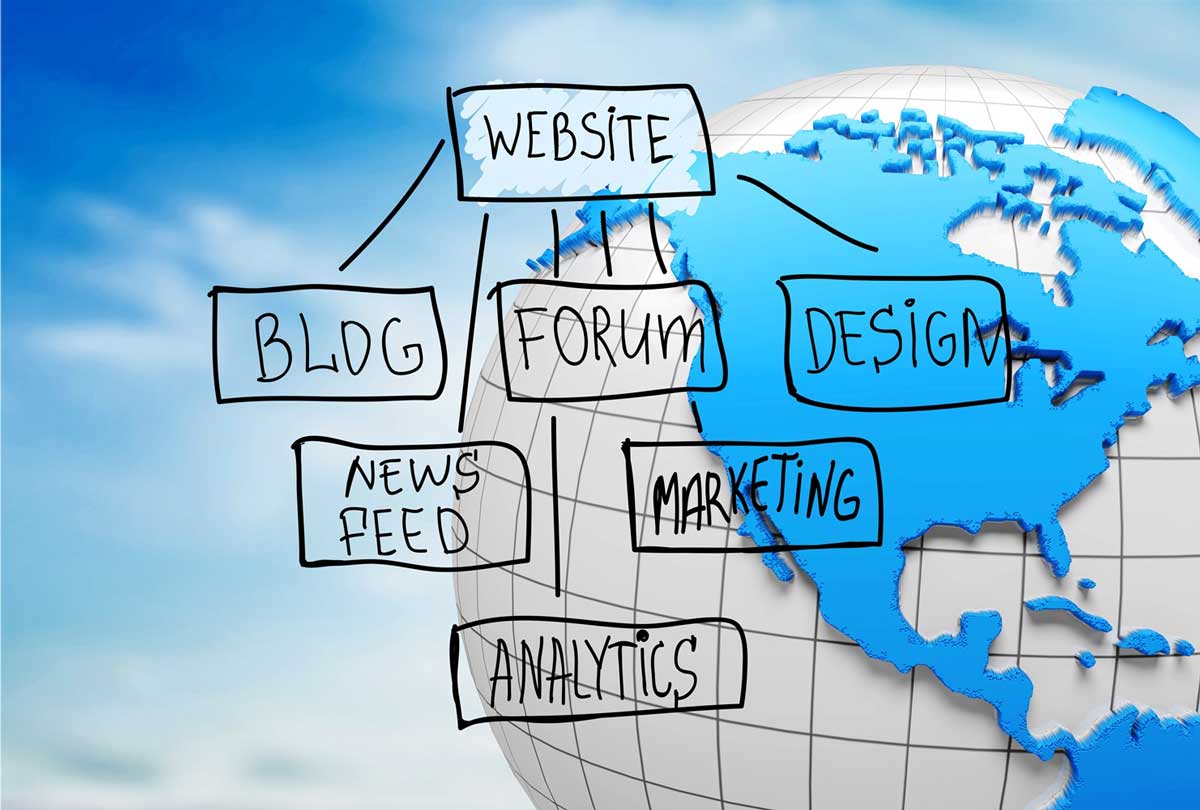11 Top Web Design Trends to Duplicate in Your Website to Revitalize Your Look

Are you using these 11 web design trends? They may not all be an application to every website however in the balancing act of aesthetics and functionality, any website can learn a thing or two from what’s trending in the design landscape today. Increase user engagement and conversion rate, and most importantly, inspire action from your prospects!
Irregular grids
Grids in web design have long been popular, giving pages a theme and making navigation easy. These days, traditional grids have gone more neutral and irregular, using white space to make content pop and using less text than ever.
Prioritizing mobile
Now that the majority of website traffic worldwide is from mobile devices like smartphones and with Google Search establishing a mobile-first index, mobile responsiveness, and the implementation of Accelerated Mobile Pages (AMP) is needed to reach the most users possible.
Micro-interactions
Micro-interactions on social media is anything liking, offering animated hearts, and other similar ‘reactions’ as opposed to ‘comments’. Micro-interactions’ appearance in web design helps legitimize eCommerce products, pages, and brands. In eCommerce marketing, they’re becoming ever more important.
Triggered animation
Scrolled animation triggers create excitement, interaction, and engagement. Animation triggers that are simple, educational, or minimalist are best. Be sure not to over-use these. The more interaction in a website’s design between site and user, the better.
Bold fonts with bright colors
Bold fonts help a user focus in on what they’re reading and makes skimming easy. Bright colors also guides the eye along. Creating clear linear lines on a page can help content be seen and CTAs pop. Large typography is in!
Responsive design
This isn’t necessarily mobile-based. A responsive design ensures your website’s ready to be seen wherever – mobile, tablets, TV, wearables, desktops, small windows, large windows, etc. A website’s that not already responsive is at a disadvantage. Responsive design’s already used successfully in various email marketing designs and elsewhere.
Artificial intelligence (AI)
AI and machine learning are rising in popularity although a lot of these apps and software are struggling to gain mainstream attention. Even so, AI-based web design has been on the market since 2014 and as the algorithms continue to advance, expect web design to under some interesting changes in the decade to come.
Scalable vector graphics (SVGs)
Say goodbye to PNGs, GIFs, and JPGs. In a few years, it’s going to be all about SVGs and unpixelated vector images. Scalable without losing any quality, SVGs don’t affect page speed when animated and can play a big role in having a multimedia experience in web design.
Top v. bottom sticky elements
Note how users read up to down on smartphones rather than left to right on a desktop. Sticky menu items are moving to the bottom of the site as opposed to the top of the site, for this very reason. In website design, navigational menus are being seen increasingly bottom-based.
IoT connectivity
Connecting to the Internet of Things is on an upwards trend. Everything from our refrigerators to wind turbines are being hooked up. APIs allowing web design to connect to these devices are here although it is unclear how far this trend may get in the years to come. Regardless, if your brand’s interested on maximizing the interconnectivity of consumer-surrounding elements, web design’s one way to potentially get there.
Apps
Web design is incorporate apps into its design at an increasing pace. Things like animated transitions, push notifications, and splash screens provide convenience at a click. For brands who want to build a long-term relationship with their users, this is a way you can tighten that. Join us for more details!
